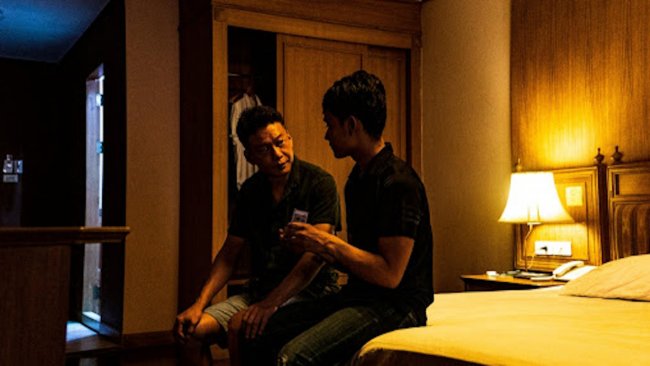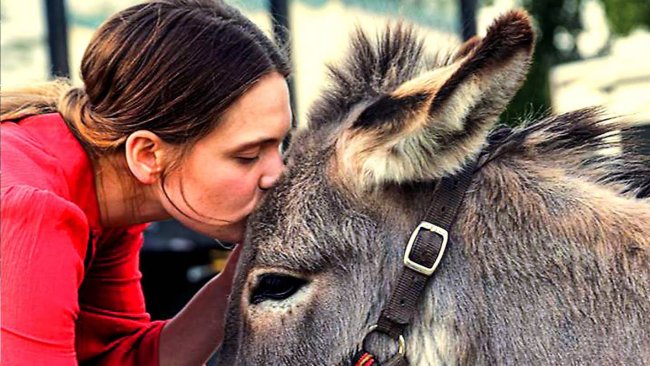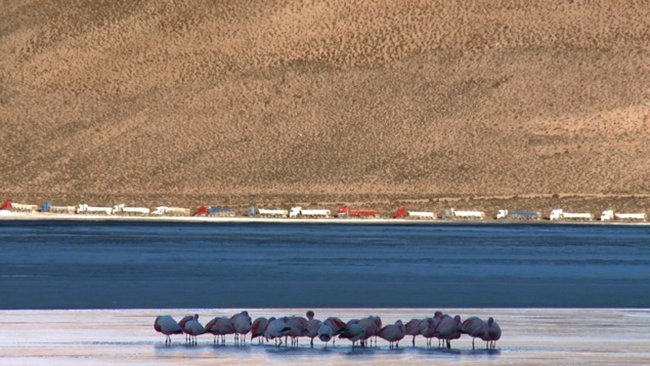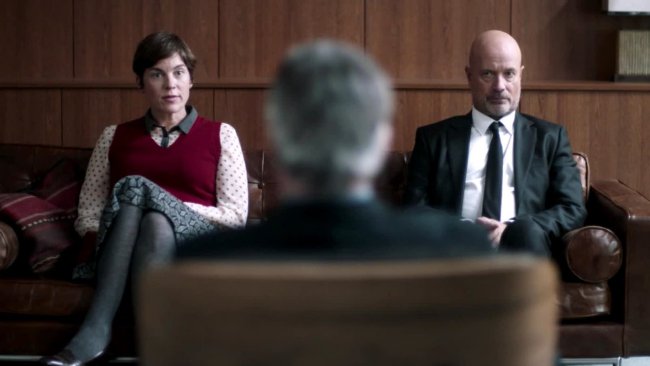MIRR
[…] The ethnological gaze, which traditionally strives for a presumed “scientific” objectivity or neutrality, is turned into an anthropological gaze, which criticises the credibility of any neutral perspective and accepts the unavoidable subjectivity of the singular point of view.
[…] We, as spectators, are thus forced to forego the need for full immersion that we are often used to. But, this should be seen less as a problem for the efficaciousness of the film and more as a virtue, as it really gives us the occasion to be faced with the hard reality of this remote country. In this way, «MIRR» gives us a filmic experience where lucidity and empathy are perfectly matched together.
Text: Giuseppe Di Salvatore
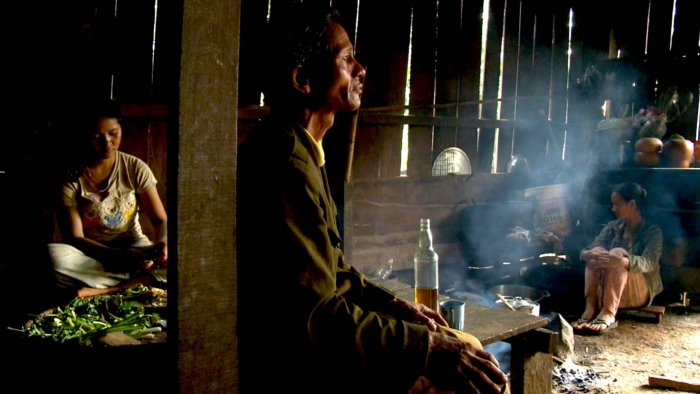
In the Bunong language, “mirr” means “field”, and Mehdi Sahebi’s film confronts us with the question of the “land-grabbing”, or how the richest countries, with the complicity of corrupt local politicians, steal the land of the people that live in undemocratic countries. This widespread phenomenon is particularly acute in Cambodia because the Red Khmers’ regime had destroyed every document, and the current government can take advantage of the situation by dispossessing the farmers of their land in order to sell it to foreign exploiters. Among the many problems that are affecting countries where the state of law is not working, land-grabbing is probably the most horrible because, even if it does not directly involve the violence of war, it reinforces slavery by pre-empting a fundamental possibility of economic independence for the poorest people in those countries – and slavery is the antechamber of war itself.
One element of complexity in Sahebi’s work is the fact that the conservation of traditions and old habits is not necessarily shown under an immaculate light. We see how the economy of traditional farming is destined to remain poor and to miss out on the comfortable advantages of an urbanized society, among which even alphabetisation is included. But the price to pay for this emancipation from poverty is the complete destruction of an ethnical identity, the disappearance of the unwritten Bunong language, and the loss of a healthy and symbiotic relationship with nature. The monoculture of rubber trees that looms over the farmers will mean the rapid devastation of the earth and its fertility.
In MIRR, we indirectly receive this analysis of the situation, insofar as Sahebi opts for a subjective narration, in which the Bunong farmers in the region of Mondulkiri or, more precisely, the perspective of one farmer, Binchey, and his family is fully assumed. The ethnological gaze, which traditionally strives for a presumed “scientific” objectivity or neutrality, is turned into an anthropological gaze, which criticises the credibility of any neutral perspective and accepts the unavoidable subjectivity of the singular point of view. This approach is particularly appropriate for the film medium, as any filmic frame – the presence of a “documentary” genre notwithstanding – is nothing but the result of a mise-en-scene.
Mehdi Sahebi goes very far in dismissing the asymmetry of the situation of observation: he not only makes sure that his subjects are conscious of the fact that they are being filmed – which would suffice in response to the ethical question of documenting people –, but he also leaves part of the filmmaking process up to them. Together with the overtly staged story of Binchey’s family, the Iranian-Swiss filmmaker shows us the “making-of” of the film, where we can see how the Bunong community discusses and collectively decides the proceedings of the filmmaking. We, as spectators, are thus forced to forego the need for full immersion that we are often used to. But, this should be seen less as a problem for the efficaciousness of the film and more as a virtue, as it really gives us the occasion to be faced with the hard reality of this remote country. In this way, MIRR gives us a filmic experience where lucidity and empathy are perfectly matched together.
In highlighting this ethically loaded and anthropologically intelligent attitude, we must not forget to mention how Sahebi is able to fully exploit the resources of the film medium to convey this collective story. His camera constantly provides us with a very well-constructed image, and the choice of the frame is always meant to express a precise meaning or situation: for instance, the oldest man in the village (and the main singer) is framed in a mirror becoming almost an old picture on the wall; a desperate Binchey suddenly emerges behind the fire, which we had seen already destroying the forest in order to make space for the rubber tree plantations; the camera movement follows Binchey as he walks with his daughter towards the field, while his wife accompanies them in the background, but when the child leaves the father for the mother, the camera starts to follow her, thus the family drama and the delicate balance between man and woman are all contained in this camera movement; after the definitive loss of the fields, we learn about the textile labour of the women at home, that hints at some sense of hope, but with the small movement of one of the women we discover that the same frame contains, in the background, a lost Binchey endlessly drinking: hope and despair coexist within the family.
Even if we sometimes feel an almost didactic touch in these kinds of staged frames, they still balance the potential fragility of a film that would otherwise be exclusively based on the testimony of the Bunong community itself. The final scene is quite interesting, insofar as its interpretation appears to be open. Binchey ends up starting to learn the Khmer language: it is a first step towards the normalization, or urbanization, of the Bunong people. But, biking back home, he loses his schoolbook, which will be taken by a dog and reduced to pieces. Is it an expression of the impossibility of change for a better life, or rather an accidental symptom of the resistance by one of the few peoples in the world to lack a written tradition, not because they never had one, but because they lost it, or probably refused it? This ending actually pushes us back to the very heart of the film, which we finally understand as its oral dimension, or its ability to record – and save – the disappearing language of the Bunong people, mainly through the songs that punctuate the filmic narration. With a film, we cannot give them back their land, but we can at least give them back a voice, and let them beautifully sing their story and their destiny.
This article contains a third-party video. If you would like to watch the video, please adjust your settings.
Watch
ONLINE STREAMING (Switzerland) on Filmexplorer’s Choice by filmingo.ch
Info
MIRR | Film | Mehdi Sahebi | Solothurner Filmtage 2017 | Filmtage Menschenrechte Luzern 2017, Stattkino Luzern
Best Feature Film, Best Documentary, Best Director, Best Music at Cinalfama Lisbon International Film Awards 2017
Winner of the International Competition at the International Film Festival Innsbruck 2017
More Info on the Film
First published: December 14, 2017
